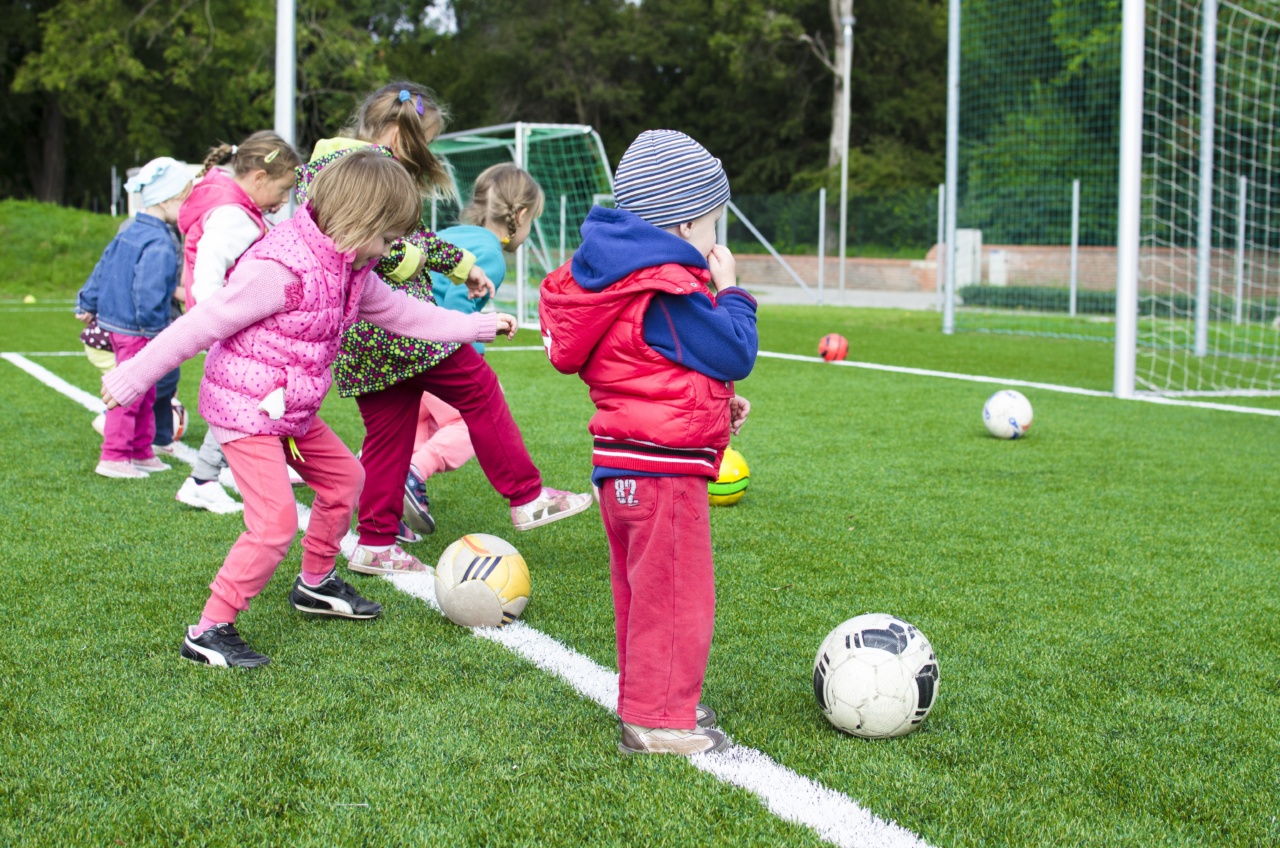Breaking your nose can be a painful and inconvenient experience, especially if you are an avid athlete. It is natural to wonder when you can resume playing sports after such an injury.
The answer, however, depends on the severity of the break, the treatment you receive, and the specific sport you wish to participate in. In this article, we will explore the factors that influence the recovery time for a broken nose and provide some general guidelines to help you get back in the game as soon as possible.
Understanding Nasal Fractures
A broken nose, or nasal fracture, occurs when the bones in your nose become cracked or broken. This can result from a variety of causes, such as a fall, sports-related injury, car accident, or physical assault.
Nasal fractures are one of the most common types of facial injuries, accounting for a significant percentage of emergency room visits each year.
The severity of a nasal fracture can vary widely. In some cases, the bones may only be slightly moved or cracked, while in others, the nose may be completely displaced.
The extent of injury will impact the recovery time and the recommended period of rest.
Treatment Options for a Broken Nose
When you sustain a broken nose, seeking medical attention is crucial. Ignoring the injury or attempting to self-treat it can lead to complications and potentially worsen the damage.
Typically, after a thorough examination, your healthcare provider will determine the best course of treatment based on the severity of the fracture.
In less severe cases, a doctor may recommend conservative treatments. These can include the use of ice packs, pain relievers, and nasal decongestants to reduce swelling and discomfort.
Over-the-counter nasal strips can also aid in stabilizing the nose and improving breathing during the healing process. However, if the fracture is more severe or the nasal bones are significantly displaced, surgical intervention may be necessary.
Surgery for a broken nose, known as a nasal reduction, involves realigning the bones and cartilage to their original positions. This can help restore the nose’s appearance and functionality, all while promoting optimal healing.
Once the nose has been reset, splints or nasal packing may be used to stabilize the area and protect it from further damage.
Factors Affecting Recovery Time
Several factors influence the recovery time for a broken nose and when you can safely return to playing sports. These include:.
1. Severity of the Fracture
As mentioned earlier, the severity of the fracture is a critical determinant of the recovery period.
A minor fracture with minimal displacement may only require a few weeks of rest, while a complex fracture with significant nasal deviation can take several weeks or even months to heal completely.
2. Type of Treatment
The type of treatment you receive also plays a role in determining when you can resume sports activities.
For instance, if surgery was necessary to realign your broken nose, you will likely need more time to recover compared to someone who opted for non-surgical interventions. Surgical procedures often involve more significant trauma to the nasal tissues, resulting in a longer healing process.
3. Healing Progress
Individual healing rates can vary. Some individuals have a faster healing response, while others may take longer to recover.
It is essential to follow your healthcare provider’s instructions during the healing process and attend any follow-up appointments to ensure your nose is healing as expected.
4. Risk of Re-injury
The sport you participate in may have an impact on when it is safe to return to action.
Contact sports with a higher risk of facial trauma, such as rugby or martial arts, generally require a more extended recovery period compared to non-contact sports like swimming or cycling.
When Can You Return to Sports?
While the specific timeframes may vary depending on the factors mentioned above, here are some general guidelines on when you can consider returning to sports after breaking your nose:.
1. Non-Surgical Treatment:
– Minor Fractures: If you sustained a minor fracture that does not require surgical intervention, you may be able to resume non-contact sports within two to four weeks, depending on your healthcare provider’s advice and the healing progress.
– Moderately Severe Fractures: In cases where the nose is moderately displaced or shows significant swelling, it may take four to six weeks before resuming non-contact sports.
2. Surgical Treatment:
– Nasal Reduction Surgery: Following nasal reduction surgery, you will likely need to avoid sports for at least four to six weeks.
Your doctor may provide clearance to resume non-contact sports once the nose has healed adequately.
– Nasal Reconstruction Surgery: In more complex cases where reconstructive surgery is required, the recovery time will depend on the extent of the procedure.
It may take six to twelve weeks or more before you can safely return to sports.
Listen to Your Body
Regardless of the specific timeframe provided, it is crucial to listen to your body throughout the recovery process. Rushing back into sports too soon can increase the risk of re-injury and potentially lead to long-term complications.
The duration of your recovery may also depend on your ability to breathe freely, as any difficulty breathing can impair your athletic performance.
If you experience persistent pain, worsening symptoms, or any concerns during the healing period, it is essential to consult with your healthcare provider.
They will be able to assess your condition and provide personalized advice based on your situation.
Conclusion
In summary, the recovery time for a broken nose depends on various factors, including the severity of the fracture, the treatment received, and the specific sport you wish to resume.
It is crucial to seek medical attention promptly and follow your healthcare provider’s guidance throughout the healing process. By doing so, you can ensure a safe and successful return to sports without compromising your long-term nasal health.





























